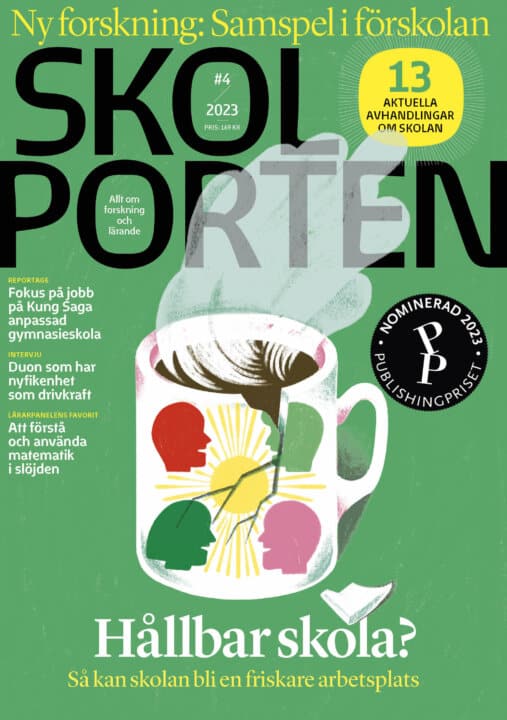Free to Choose? Studies of Opportunity Constraints and the Dynamics of School Segregation
Selcan Mutgan har undersökt hur svårföränderliga makrostrukturer som socioekonomiska förhållanden påverkar det fria skolvalet.
Selcan Mutgan
Professor Peter Hedström, Linköpings universitet Associate Professor Maria Brandén, Linköpings universitet
Professor Francesco C. Billari, Bocconi University, Milano
Linköpings universitet
2021-12-15
Free to Choose? Studies of Opportunity Constraints and the Dynamics of School Segregation
Institutionen för ekonomisk och industriell utvecklin
Free to Choose? Studies of Opportunity Constraints and the Dynamics of School Segregation
As a result of the negative consequences and persistence of school segregation, its causes have received a great deal of scholarly attention across a range of disciplines. However, the existing research has tended to overlook those aspects of the segregation process that lie beyond the choice of the individual. This thesis concerns itself with the way in which opportunities are influenced and thereby constrained by hard-to-change macro structures such as the spatial distribution of individuals and organizations, individuals’ social network characteristics, and population composition. To this end, the four chapters presented in the thesis focus on the key actors involved (i.e., parents, teachers, and organizations), their decisions, and how their actions are moderated by the structures in which they are embedded. All four chapters use Sweden as the empirical case, and they utilize the rich data provided by Swedish population registers.
Essay I analyzes the role played by parents’ ethnicity-related school preferences in the ethnic segregation of the school system, and shows that opportunity structures are an important moderator of the effects of preferences on school segregation. By combining statistical analyses of the school choices made by all parents of compulsory school students in the Stockholm region during the years 2008 to 2017 with large-scale empirically calibrated agent-based simulations, the study shows that preferences tend to be trumped by opportunities. Although parents have ethnicity-related preferences, and although these preferences vary between different ethnic groups, parental preferences have little impact on the extent of school segregation. The main drivers of school segregation are rather to be found in the ethnic segregation of the housing market and the geographic location of schools.
Given the importance of residential segregation for school segregation, Essay II examines how residential segregation has evolved in Sweden over the last three decades. Building on entropy-based segregation measures, the study analyzes patterns of income segregation between and within income groups along different socio-demographic dimensions —migration background and family type. The findings show that the rise in income inequality witnessed over the last 30 years has been accompanied by a sharp increase in income segregation, especially for those in the bottom quartile of the income distribution. Moreover, the results show that income segregation is more extensive, and has increased at a higher rate, among individuals with children than among individuals with no children.
Essay III examines school segregation from an organizational point of view and focuses on “school closure” as a desegregation mechanism. Using large-scale simulation models calibrated using data on all schools and students in Stockholm municipality, the study examines how the closure of a school affects segregation levels, and how this effect varies with the characteristics of the closed school and the criteria used to allocate students from the closed school to other schools. The analyses show that the degree to which closing a school changes the level of segregation varies considerably between schools, and that the ethnic composition of nearby schools is an important moderator of the effect of a school closure.
Essay IV examines network dependencies in the school choices of teachers in Stockholm’s upper secondary education market during the years 2000 to 2010. Using stochastic actor-oriented models, this study focuses on the factors associated with teachers’ labor market mobility between public- and private-sector schools. Controlling for various school characteristics, such as student and teacher composition, and the work environment, the results show that networks—defined as the affiliation networks formed via links to former and current co-workers—are important for the within- and between-sector school mobility of teachers.
In summary, the four studies together show that individuals’ choices are considerably constrained by their opportunities. A segregated residential market determines the school opportunities available to parents, and the differentiation between public and private schools affects the workplace decisions of teachers. Overall, differences in opportunities moderate the potential effects of individual preferences and tend to reproduce existing segregation patterns.
Relaterade länkar

Biologi
 Åk 7–Vux
Åk 7–Vux Hållbar utveckling i förskolan
 Fsk
Fsk 




